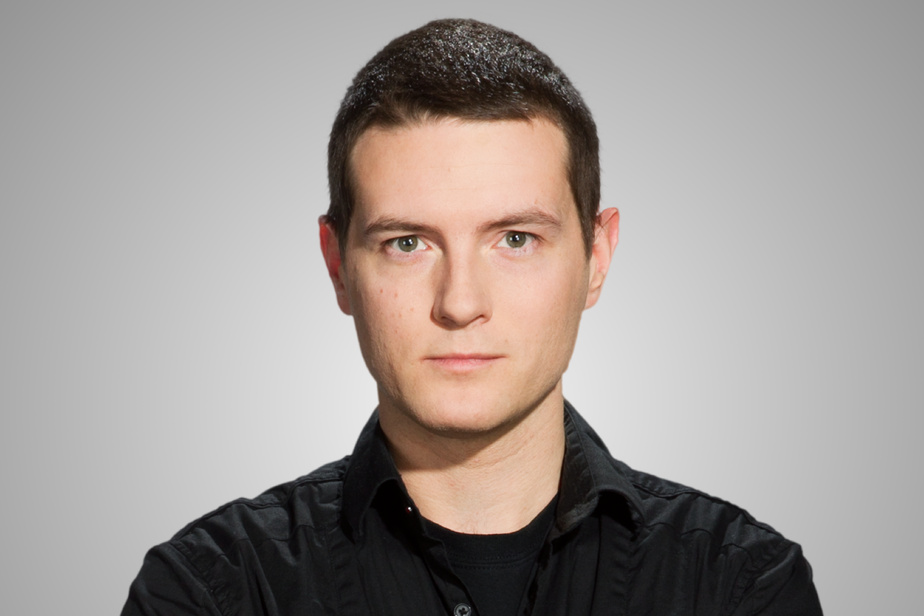
As you read these lines, seven humans are orbiting the earth at a speed of 28,000 km per hour in an arrangement of aluminum boxes. They float in the air like magicians. They see the sun rise 16 times a day. They can cross the room with a simple push with the fingers.
In short, they touch on the extraordinary – with the high costs of this activity.
The International Space Station, which welcomes them, celebrated its 20-year continuous career. This is a wonderful opportunity to take stock of a bigger adventure than this life of being a Canadian partner.
Balance sheet made with technical prowess, strong symbols and miracles. But also broken promises.

Photo from David Saint-Jacques Twitter account
Canadian astronaut David Saint-Jacques spent more than six months at the International Space Station.
* * *
“Our house outside the land. This is how the Quebec astronaut David Saint-Jacques described the International Space Station. This is the great accomplishment of this vast collaborative project: it has taught us to live outside our planet.
The International Space Station is credited with engineering, often described as the most complex object built by humans. Appreciate that no serious accident occurred in such a dangerous environment.
It is also difficult to find a more beautiful machine to make heroes. How many children (and adults) dreamed of David Saint-Jacques, Julie Payet and Chris Hadfield? How many sparks did they ignite for science, adventure and self-transcendence? These benefits are impossible to quantify, but they are very real.
The scientific results are very mixed. NASA and the Canadian Space Agency want to describe the space station as a floating laboratory. There is no doubt that quality knowledge is going on there. The lack of gravity provides a unique context for many experiments, at least not the study of the human body in space.

Photo Archives Associated Press
International Space Station
But like everything else, you have to weigh the benefits against the costs. At about $ 200 billion, the International Space Station looks like a very expensive laboratory. However, major scientific breakthroughs, the cure for serious illness, and even the Nobel Prize are hard to find, as a result of the work undertaken there.
At just $ 6 billion, CERN’s Large Hadron Collider, which led to the discovery of the Higgs boson, appears to be a god by comparison.
The diplomatic record of the International Space Station should have the same subtle skills. Professor Emeritus John Lagsdon of the Space Policy Institute at George Washington University recalled that the Americans had invited the Russians to cooperate on the project. Iran or North Korea after the collapse of the Soviet Union.
It was a success and you only have to open the history book to understand that looking at countries like Japan, Germany, Russia and the United States is no small matter. Unite in a simple project. The space for such collaboration brings unparalleled visibility. In diplomacy, symbols are important.
One may wonder if it makes such an impact even today. Yes, Russians and Americans are cooperating in space. But they also do on multinational, hockey teams, science projects on earth. We may wonder if the beautiful sentences provided to us explain such an extraordinary reality.
For Canada, the overall results look positive. Our total commitment, by 2024, is 2 3.2 billion. In the process, the country takes the opportunity to find a place on the map with the Canadian hand that leads to the development of robotics. Eight Canadians (seven astronauts and ై Guy Lalibert) have visited the International Space Station so far.
* * *
After 20 years of career, it is becoming clear that we are still doing the same thing at the space center. Yes, we are in space, but only 400 kilometers from the Earth’s surface (distance between Montreal and La Malboy).
NASA has already indicated that it intends to open the station to the private sector to dismantle it financially. Objective: Attempting towards the moon… and Mars.
We’re definitely there.
Those who say the International Space Station is in circles need to make a point – literally -.







More Stories
Healing Streams Live Healing Services with Pastor Chris: Miracles Await this March 14th – 16th, 2025!
Essential Care for Hermann’s Tortoise: A Guide to Thriving Pets
Nail Decisions: Which is Better for You, Acrylic or Gel?